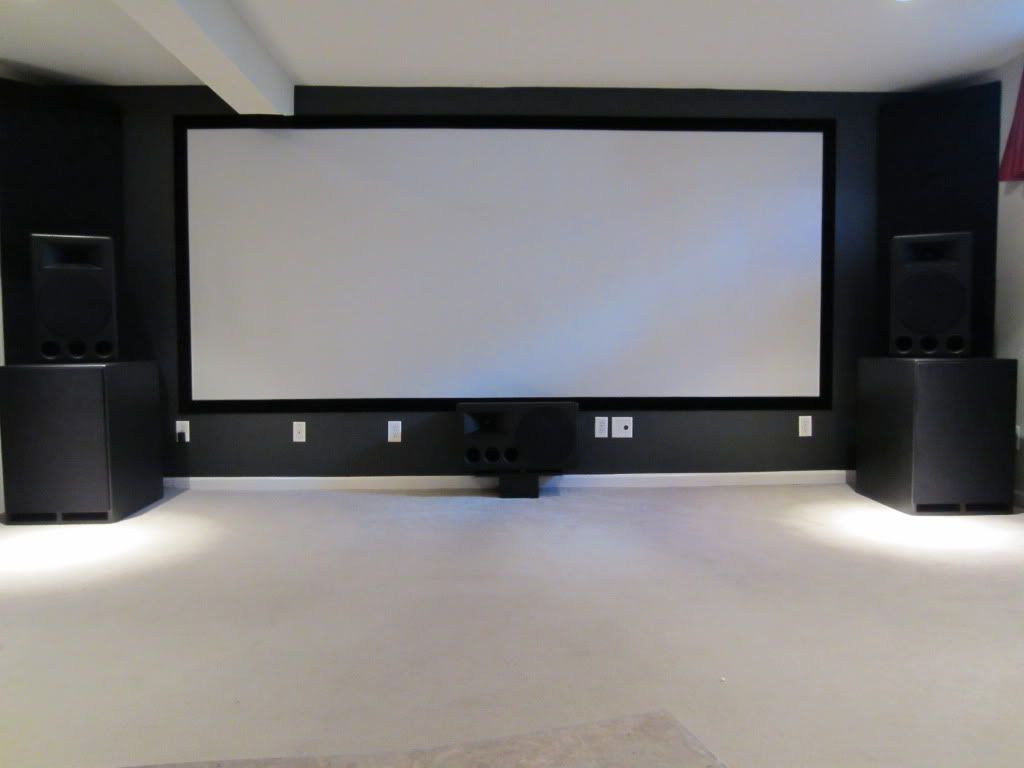There are 3,214+ threads and 57,302+ posts in the
2.35:1 Constant Image Height Chat forum at AVS so I would say it is fairly popular. Here is a recent
thread about how to handle it with an HTPC. CIH was a large selling point for Theatertek software back when it came out.
Basically it's just a rule that says "don't use more than 817 pixels high of my display". Does the position of the 817 pixels vary (top, bottom, center)?
I think that would be correct. The position is always centered normally, but some may have their projector mounted so they always use the bottom or top areas of their image. For example if someone ceiling mounted their projector they might always want to use the bottom of their image area for display since it matches up with their seating arrangement and eye level to the screen. Centered might make the image too high so they want to shift the image down.
They handle the image in three ways:
1. Anamorphic lens with no loss of resolution
2. Zoom the lens on the projector (manual or automatic) depending on aspect ratio- no loss of resolution
3. Zoom the image with playback software or device with loss of resolution
I essentially have a 720p projector (1280x768) and hardly notice any pixels on my screen. Those using #3 above with 1080p and "throwing" away pixels still have more than I do. I don't really think it is that noticeable.
I never understood such setups myself. Usually you have the spare height to make a full 16:9 setup, and more movies then you think actually come with full 16:9 picture, and TV shows generally do, so meh. Maybe i'm just missing something.
Those that have these screens usually have the screens as high as they can be in their room and then they add the width for 2.35:1. Below is an example of one
room with a 158" diagonal screen. He is still 124" diagonal with 16:9. My screen is 126" diagonal 16:9 so essentially I am losing the width instead of him losing the height since our screens are within an inch in height.
Movie theaters are almost always constant image height. Also, it is easier to mask the side than the top and bottom using either automatic or manual masking systems. I went with a 16:9 screen due to projector and room constraints.

